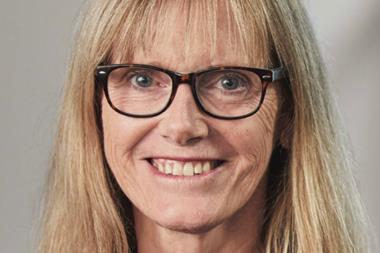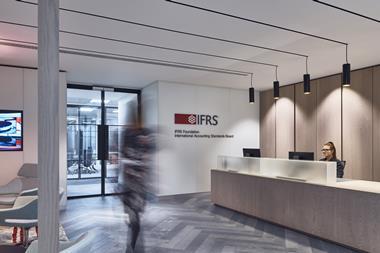The International Sustainability Standards Board is “quite close” to recruiting an initial group of board members, vice chair Sue Lloyd revealed during a 28 April webcast session on the board’s first two draft sustainability standards.
Lloyd said: “I’m very busy at the moment in the interview process for four board members and we’re getting quite close to being in a position to have made appointments for the first set of board members.”
She added that the board is aiming to have a total of 14 members – including her role and chair Emmanuel Faber.
According to Lloyd, the ISSB will begin redeliberation of the two draft standards as soon as a quorate board of eight members is in place, with the rest of the board to be appointed by the “end of the calendar year”.
The IFRS Foundation decided to tackle sustainability reporting after stakeholders hailed the move as a positive development.
The International Financial Reporting Standards Foundation trustees, who oversee both the International Accounting Standards Board and the ISSB, subsequently announced the launch of the new board in November last year.
The ISSB has as its mission the goal of improving the quality of information about sustainability risks and opportunities for investors, while also striving for global comparability of sustainability information.
Last November, the trustees announced the ISSB would consolidate with the Climate Disclosure Standards Board (CDSB) and the Value Reporting Foundation (VRF).
The merger with the CDSB was completed in January this year, while the process of consolidating with the VRF is expected to conclude by the end of June.
In conjunction with the launch of the ISSB, the IFRS Foundation published two prototype documents setting the general requirements for sustainability and climate disclosures. These documents eventually formed the basis of the board’s current two exposure drafts, which are out for public comment.
These proposals, Lloyd explained, are built on four standard content elements: governance, strategy, risk management, metrics and targets, which in turn are based on the TCFD’s requirements.
“[W]e expect to use that [approach] across a suite of our standards,” she explained.
As part of its public consultation on the two exposure drafts, the board has published a summary document to explain the overlap with the TCFD requirements.
Meanwhile, the webcast also revealed more detail about how the ISSB’s output will sit alongside existing standards and sustainability reporting initiatives – most notably from the US Securities and Exchange Commission and the European Financial Reporting Advisory Group.
EFRAG is consulting on the exposure drafts of European corporate sustainability reporting standards.
The consultation on the ISSB drafts was, said Lloyd, “a really good opportunity for us all to think about what’s similar and different” across the different proposals and approaches.
She added: “In particular, the SEC is asking a question about foreign private issuers, and we’re really keen for you to get involved in that discussion and to share your thoughts with us, with Europe and with the SEC on global comparability and consistency.”
Ultimately, the ISSB hopes its standards will become accepted as a global baseline for sustainability reporting, for use alongside any financial reporting model such as IFRS or US GAAP.
An archive of the 28 April webcast event is available online here.



























No comments yet